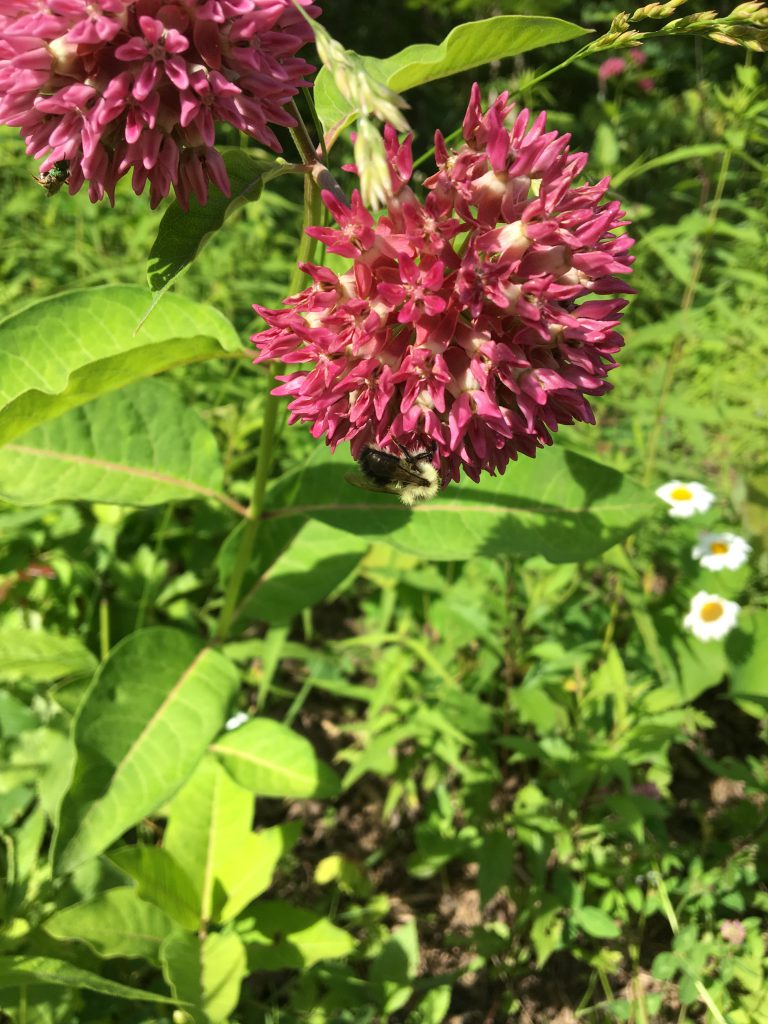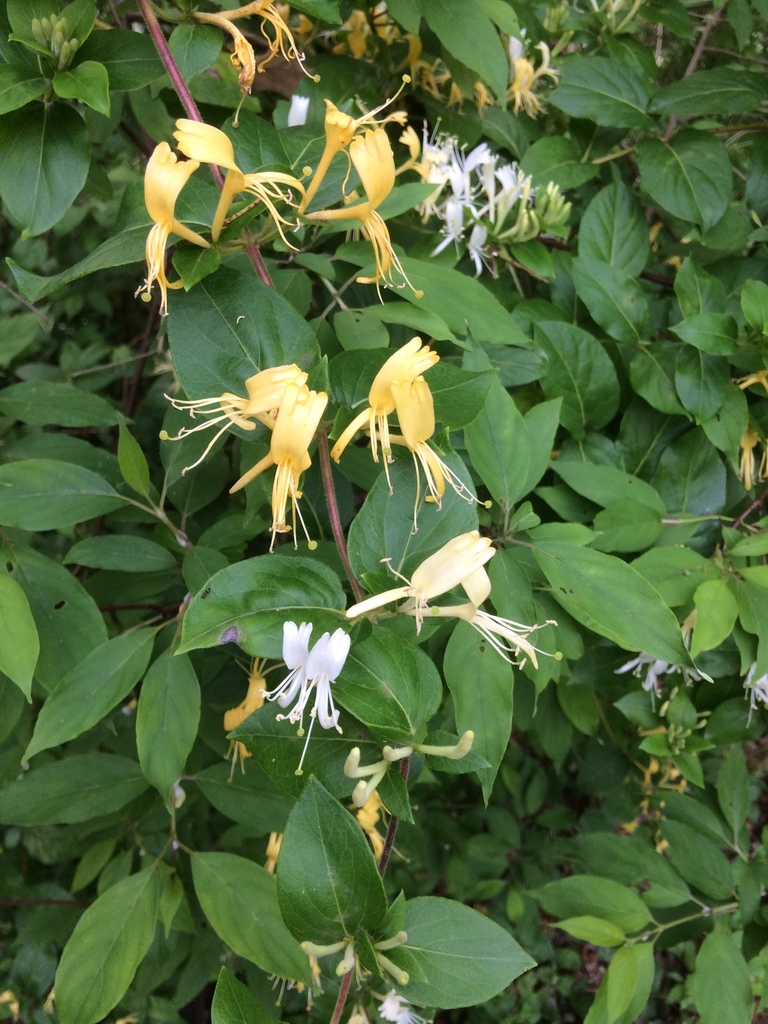Join us on Friday, July 17th from 1:30-2:30pm for another virtual field trip via Zoom. We will tour local bee expert Ed Newman’s hives, and also examine flowers and their insect visitors on the Wayne National Forest and in Joe’s garden. Register here!

Last week Madison taught us about pollination. Besides insects, one important mammal can also assist in plant pollination: BATS! Today we will learn about bat pollination and what plants you can grow around your home to attract pollinators.
BATS AS POLLINATORS
In tropical and desert biomes, bats play an important role in pollinating flowers on fruit trees and cacti.
This is a question that I have been exploring as I watch all sorts of insects and animals visit the sunflowers I planted outside my window. I see bees sitting in the middle of the flowers seeming to cover themselves is the bright yellow dust of the flower, I see crickets sitting on the unopened blossoms and I’ve even seen birds pecking away at the flowers. Are all these animals pollinators? Do sunflowers(or any flower) need to be pollinated to make seeds? What even is a pollination?! All these questions and more can be answered if you keep scrolling.

Have you ever thought about the clothes you buy and wear? Do you ever wonder where they are made or what materials were used to make them? It turns out that what we wear impacts the planet.
A very common material that is used to make most of our clothing comes from something called microfibers. You have probably heard of, seen, or used microfiber products. These days they are everywhere!
And believe it or not, microfiber clothes are plastic.
Fleece is probably the most popular example of microfiber. You might have a fleece jacket
, pants, or blanket. Microfibers are also used in cleaning products, like as towels and mop pads.What ideas did you come up with to reduce and reuse your waste last time? Reducing and reusing are the best ways to make less waste. If you can’t do either of those things, it’s time to recycle.
When something is recycled, it can stay in use because it gets a new life.
The items that get a new life show up on our store shelves. If we buy those instead of things made from all new material, we will end up using less of earth’s precious materials.
The packaging will usually tell you if an item is made from recycled materials. Here are some things commonly made from recycled material:
Virtual Field Trip: Baby Animals
At your request, Rural Action is hosting a virtual field trip where we will focus entirely on some of nature’s cutest organisms, baby animals! As spring turns to summer, eggs are hatching, babies are trading their downy fluff for their summer coats, and little wings are making their first flaps.
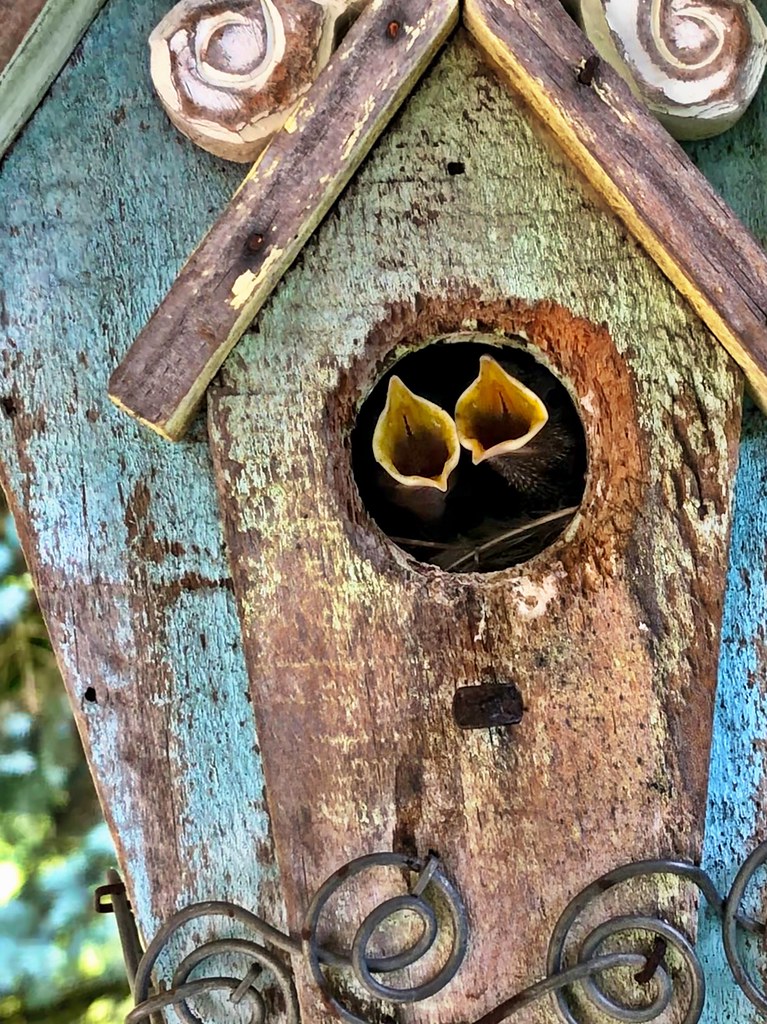
Join us this Friday via Zoom to discuss and learn about animal parenting tactics and offspring adaptations (and to see some cute critters).
This free event is for youth, adults, and families. It’s led by Rural Action’s Environmental Education staff.
~~~~~~~~~~~~~~~
Friday , June 5 at 1:30pm
Please register at this link:
https://us02web.zoom.us/meeting/register/tZcsdu2pqT8uHtG7wb_m06pcsLh0TuaipkVG
Stay updated in our Facebook Group
We are sharing every new activity in the Southeast Ohio Young Naturalists Club facebook group. Join our group for conversation with other nature-exploring families
, and to always know what environmental education activities are happening.Wondering where all of your waste is going? This week on our virtual field trip
, we’re exploring what happens to your recyclables once they arrive at the recycling center. You’ll see some cool machines, and finally learn WHY you can recycle plastic bottles but not a plastic bag.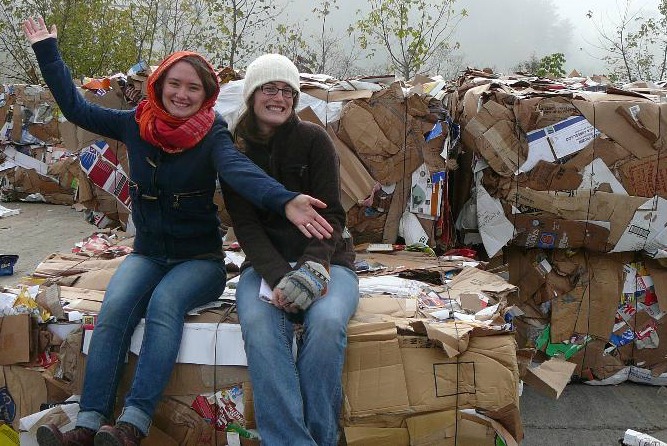
Join us via Zoom this Friday! We’ll teach you all about the basics of recycling, show off some cool machinery, and give you lots of tips and tricks you can use to make your household greener!
This free event is for youth, adults, and families. It’s led by Rural Action’s Environmental Education and Zero Waste staff.
Hello Young Naturalists!
This week is all about waste and how to make make less of it! We will learn how to practice the 3 R’s (Reduce, Reuse, Recycle)--even if you think you already recycle.
First, we have to understand just what waste is! You’ll see that waste has changed over time and that it can be challenging to responsibly manage our waste.
We’ll challenge you to the most creative ‘reuse’ ideas you can think of. And there are instructions to make fun game that you can play alone or with your friends.
Then, you can test your recycling know-how!
Waste in Our World
Let’s talk about it…
What Did Waste Look Like Way in the Past?

In the “olden days,” our waste looked different than it does now.
Before the invention of plastic and many chemicals used today, people’s waste was mostly made from natural types of things. Basic things. When they were thrown away, they could pretty easily “biodegrade” (safely break down in the environment).
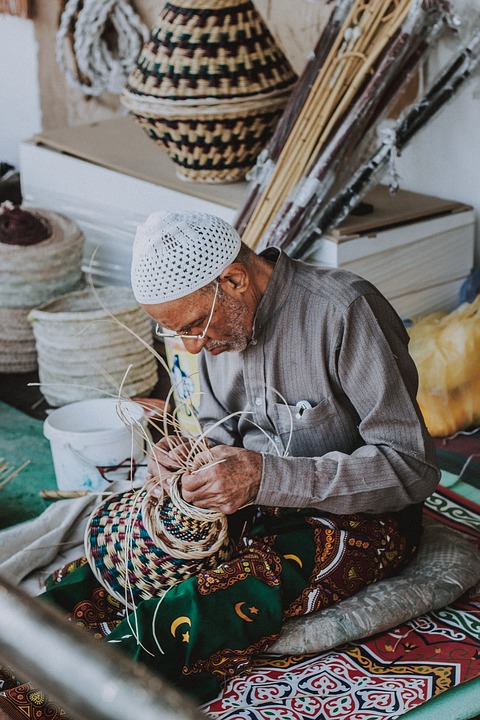
Tool making is something humans have been practicing for over two million years! Tools have not only helped to make our lives easier, but have also helped to create culture. Learning how to make primitive tools can be a fun and useful outdoor skill, like the compass Brock showed us how to make on Wednesday.
Making tools for yourself wouldn’t be a top priority in a survival emergency. But if you had to live in the wild for a longer period of time, or just want to meet more of your needs with your own hands, it’s useful!
Basket weaving is found in most cultures around the world. Baskets are essential! You can use them for gathering food, as backpacks, as baby carriers, as cupboards, as plates and cups, as cradles, as birdcages, as measuring cups, and to catch fish (just to name a few!). Some baskets can even hold water!
Think about the things in your house. If you couldn’t buy anything at the store, how many of them could be replaced with a basket?
Today we will learn how to weave baskets out of Japanese honeysuckle vine. One reason we chose Japanese honeysuckle is that it’s an invasive plant (remember what an invasive is?). Just like garlic mustard, using this invasive plant is one way to get rid of it! It’s also easy to find, anywhere you live.
Everyone can benefit from learning to use a map and compass! Most people nowadays are used to using electronic devices to get from point A to point B. But what if they are not working, you are somewhere without any signal, or you do not have them? Can you make sense of even a GPS map of the forest, without any roads as clues? This is why experienced outdoor adventurers bring their maps and compasses.
Even experienced adventurers have found themselves lost in the wilderness, unsure of the way out. Our co-worker Darcy even got lost in the woods behind her house once. This can turn a simple hike into a dangerous situation. If you know how to use a map and compass, you can prevent this problem, and find the way out more easily.
